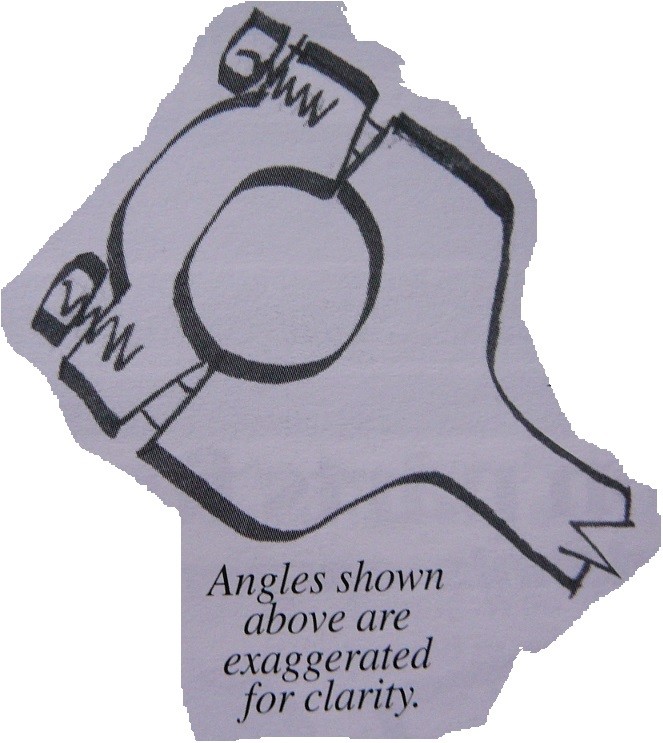I mention oversize OD bearings in my Nov/Dec 2005 column on low oil pressure. I have been asked many questions on this, so I will try to amplify that area of concern here.
The most common flathead Ford engine bearings that have oversize OD, in my experience, are the 1932 –1948 rod bearings. One reason for these oversize OD bearings may be that in those days people were less ready to throw something away that was used to then buy a new item. There were a lot of things that were repaired rather than being thrown away.
The rod bearings as supplied by Ford were available in many undersizes for the journals. Some sizes were made to compensate for wear, without grinding the crankshaft journals. Typically these sizes are .0015" and .003". There are also the more common undersizes needed for use after the journal has been ground undersize due to excess wear. There are .010", .015", .020", .030", and .040"; even .050" and .060".
In most cases, these journal undersizes were also made in OD oversizes.
These rod bearings used from 1932 to 1948 were all the full floating type, at least in the USA. This means that there are no locating tangs on the bearings and that they are designed to spin in the big end bores of the rods as the engine turns.
To do this, the bearing wall is thicker, usually with a steel "backer", than the non-full floating bearing for the required strength. The major difference is that there is bearing material on both the ID and the OD of the bearing shells. There are also four holes in each shell to allow the pressure fed oil to flow to the outside of the bearing. This is required to lubricate the bearing OD as it spins in the rod.
Because there is relative movement between the bearing and the rod, there is also wear on both. The bearing can be replaced relatively easily. The rods were designed to be rebuilt. This typically includes rebushing of the small end, and resizing of the big end.
How can you make the worn big end bore of the rod smaller again? And how to make it round, just like new?
It is done by cutting the rod cap, which forms the lower half of the big end bore. Fine, you say, that makes it smaller at right angles to the parting line – how do you make it smaller across the parting line?
That is where angle cutting the cap comes in. If you cut the cap sides at an angle so that the edge next to the big end bore is cut less, and the outer edge is cut more, as the cap has its rod nuts torqued, it deforms towards the inside:

By judicious material removal, an experienced machinist can make the rod big end bore ID a little smaller than the specification, and nearly round. Then it is an easy matter to bore and/or hone the bore round and to size.
So what is wrong with that scenario? The metal in the cap, rod, and rod studs is all deformed to some degree. If you don't think so, compare the ease of removing caps from new rods to the effort required to remove caps from resized rods with angle cut caps.
In an attempt to find a better way, Ford made oversize OD rod bearings. This allows sizing of the big end rod bores to two over sizes of +.004" or +.008" without angle cutting of the caps. The rods and their studs like it better, and the machinist can do a better job with less work. How is that for a winning combination?
Most rods have bolts that can be completely removed. That way, both the cap and the rod may have a little angle cut. This still creates the added stress on the rod bolts, but because the amount of wear is usually much less, it is not as much of a problem as with the full floating Ford rods. It is more critical on the 1932-1948 Flathead V8's because of the wear caused by full floating bearings, and because of the integral rod studs.
Table of Big End Bore Specs:
1932-1946 for 1.998" journals, full floating Rod Big End Bores 2.2195 – 2.2200"
1939 – 1948 for 2.138" journals, full floating 2.3595 – 2.3600"
1949 – 1953 for 2.138" journals, NOT full floating 2.2905 – 2.2910"
